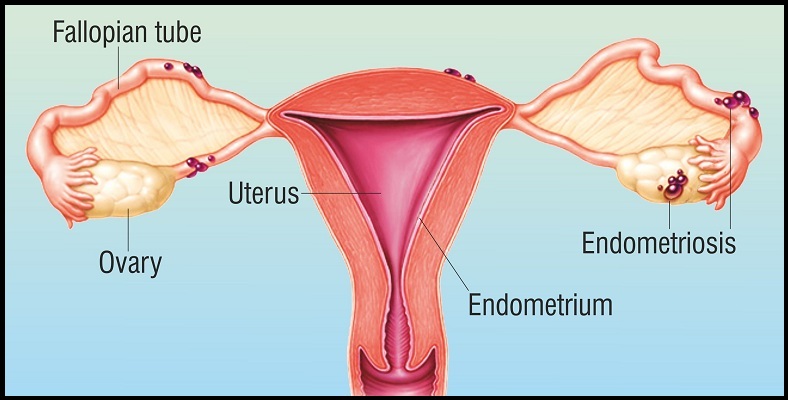
Endometrioma (Chocolate Cyst)
- Description
- Faq's
Learning you’ve got an endometrioma – also called a “chocolate cyst” – can be confusing and scary, particularly if you’re trying to conceive. Chocolate doesn’t belong in the ovaries, clearly, so what exactly is an endometrioma? Let’s clear up the facts on endometriomas and what you can do about them.
What is an endometrioma?
Endometriomas are, as the name implies, a form of endometriosis that affects the ovary. In endometriosis, sections of the uterine lining (endometrium) start growing unnecessarily in other parts of the body.
If this endometrial issue moves into the inside of the ovary, it can form a cyst inside. As the cyst fills with old, stagnant blood, it becomes brown and starts to resemble chocolate sauce. Some study estimates that as many as 44% of women with endometriosis are affected by chocolate cysts.Endometrioma symptoms
The most common symptom of endometriosis is severe menstrual pain. Other common complaints include lower back, pelvic and abdominal pain between periods, pain when using the toilet or during sex. A lot of people seem to think it’s all “just part of being a woman”, but severe menstrual pain that interferes with your daily life isn’t normal. See a gynecologist to work out what’s going on, and you may be able to catch endometriosis in the early stages.
Chocolate cysts don’t always cause symptoms, but when they do, it can be painful. These ovarian endometriomas can swell to more than 5 to 6 cm and can result in a rupture. If a chocolate cyst actually ruptures, it can cause severe abdominal pain and even peritonitis.What causes endometriomas?
Chocolate cysts are a form of endometriosis, and unfortunately, the exact cause of endometriosis isn’t clear. However, the most widely accepted theory is the “retrograde menstruation” – menstrual discharge that flows backwards and gets trapped in the pelvis. There may be a genetic element to this, as endometriosis is known to run in families. If you have a mother or sister who’s affected by endometriosis or chocolate cysts, that means you’re more likely to develop the conditions.
